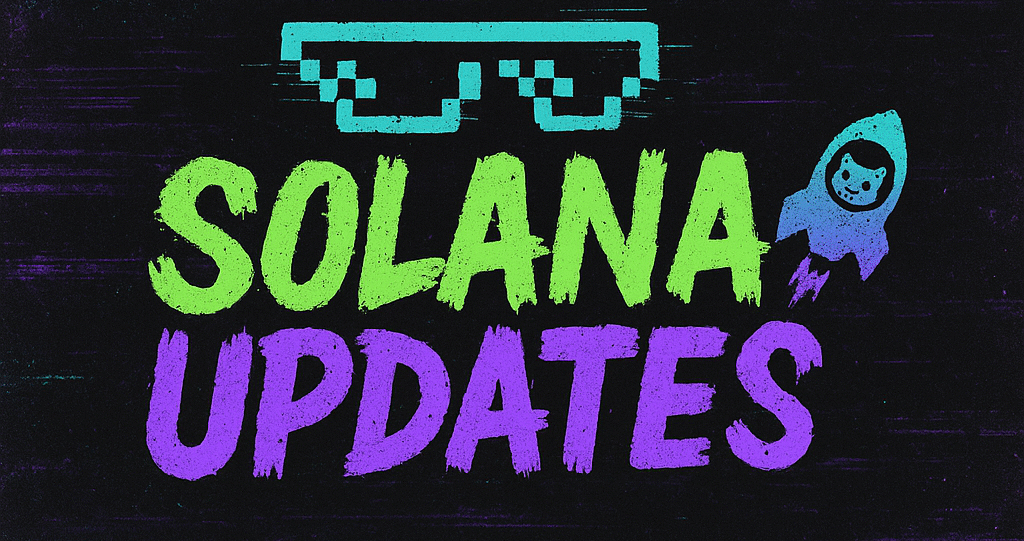Stablecoins Emerge as the Internet’s Default Settlement Layer
In a groundbreaking shift within the financial landscape, stablecoins are rapidly becoming the predominant mode of settlement for internet transactions, surpassing traditional payment giants like Visa and Mastercard in onchain volume. This development was highlighted by Noam Hurwitz of Alchemy, a leading blockchain development platform.
For years, Visa and Mastercard have dominated the global payment ecosystem, providing the backbone for countless transactions across borders. However, the rise of blockchain technology and digital currencies has introduced a new paradigm, with stablecoins at the forefront. Stablecoins, which are cryptocurrencies pegged to stable assets like the US dollar, offer the dual advantage of cryptocurrency’s efficiency and the stability of fiat currencies.
The Rise of Stablecoins
Stablecoins have been gaining traction due to their ability to provide fast, cost-effective, and transparent transactions. Unlike traditional financial systems, stablecoin transactions are processed onchain, which reduces the need for intermediaries and lowers transaction fees. This efficiency has made them particularly attractive for cross-border transactions, where traditional systems often face delays and high costs.
According to Alchemy’s Noam Hurwitz, the shift towards stablecoins as a default settlement layer is significant. “Stablecoins have not only matched but surpassed the onchain volume of giants like Visa and Mastercard,” he said. “This marks a pivotal moment in financial technology, where digital currency is not just an alternative but is becoming the standard.”
Implications for the Financial Sector
The implications of this shift are profound. For consumers, it means faster and cheaper transactions, with the potential for greater financial inclusion. For businesses, especially those operating globally, stablecoins offer a reliable and efficient way to manage payments, reduce costs, and streamline operations.
Moreover, the adoption of stablecoins as a settlement layer aligns with the broader trend of digital transformation in the financial sector. As more businesses and consumers embrace digital payments, the role of stablecoins is likely to expand further, potentially leading to new financial products and services that leverage their unique properties.
Challenges and Future Prospects
Despite their advantages, stablecoins are not without challenges. Regulatory scrutiny is intensifying as governments around the world grapple with the implications of a financial system increasingly reliant on digital currencies. Ensuring the stability and security of these digital assets is paramount, and ongoing regulatory developments will play a crucial role in shaping their future.
Looking ahead, the continued growth of stablecoins as the internet’s default settlement layer seems inevitable. As blockchain technology matures and regulatory frameworks evolve, stablecoins could become an integral part of the global financial architecture, driving further innovation and inclusion.
In conclusion, the rise of stablecoins represents a significant milestone in the evolution of digital finance. As they continue to replace traditional payment systems in terms of volume and reach, stablecoins are setting the stage for a new era of internet commerce. The financial world is watching closely as this transformative trend unfolds, heralding a future where digital currency reigns supreme.
🛒 Recommended Product: Check out top-rated crypto gear on Amazon


